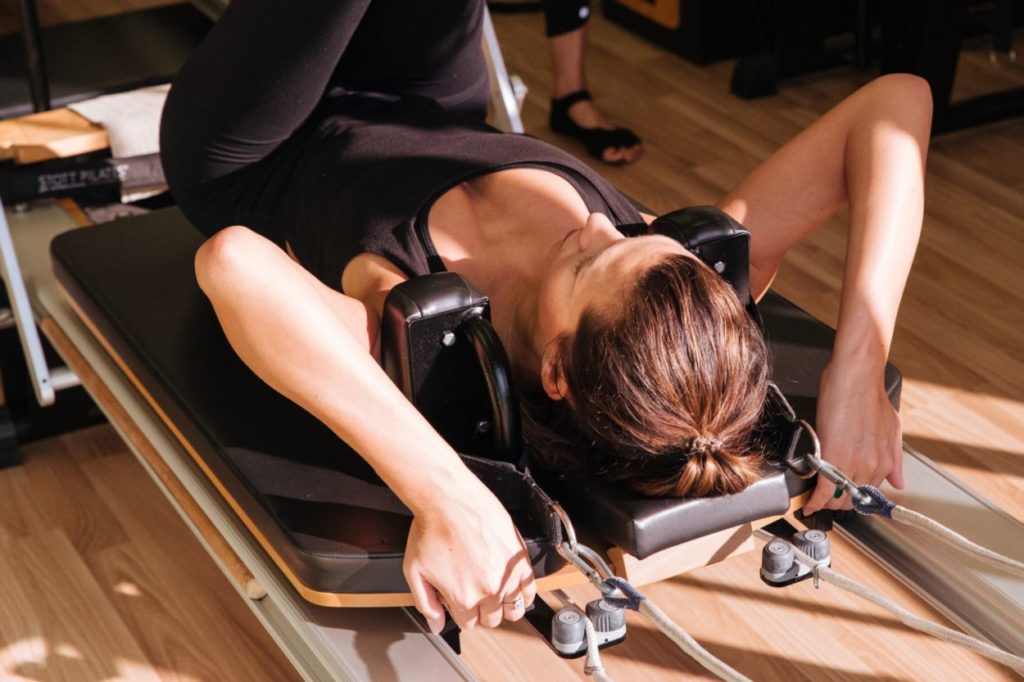Blog
Modifying Classes to Fit all Clients
I have been teaching group classes for many years and no two group classes are ever the same. The mark of a truly brilliant instructor is being able to teach a class with clients of all levels – beginner to advanced – and being able to modify for everybody.
This takes not only experience and a vast repertoire, but also complete focus. You have to be attentive to what every client is doing at all times, and this becomes more difficult the more people you have in a class. As a studio owner you have to make important decisions like how many students you plan to allow in each class. This is often a trade-off, because the more students you have, the more difficult it is to ensure that their form is correct, but more people often add to the vibe and overall enjoyment of the class.
At our studio, we do the classes to music and it’s a thing of beauty when you’re teaching an exercise with a lot of co-ordination and everyone is getting it right to the beat. This simply isn’t the same when there are only two people in the class.
At The Movement Lab, we also don’t specify what level each class is at. We welcome everyone (except those with serious injuries) from beginner to advanced into each class. We are able to do this because of the level of knowledge and experience that our instructors have, but it’s not recommended if an instructor is just starting out.
Another important thing to think about as an instructor is how your time will be split during a class. It is an important balance to master. Some instructors do the whole workout with their clients. For me, this defeats the purpose of going to a class. There is no way for the instructor to modify and understand the dynamics of the class if they are simply watching themselves do the exercises in the mirror and expecting clients to follow along.
On the other end of the scale, some instructors spend too much time explaining exercises and making the smallest corrections. This slows down the pace of the class and means that clients don’t end up getting a workout in. This is also frustrating as most clients want to leave their class feeling like they’ve worked their bodies.
Sometimes, the most effective way to keep up the pace of a class, while still ensuring that everyone understand the essence of the exercise, is to do the exercise with the class for the first two or three reps and then to get up and walk around and correct. When correcting someone, the rest of the clients in the class should continue doing the exercise and your time spent with each client on correction should be split fairly.
While this may serve as a rough guideline, you also have to be flexible in the way you teach. If you happen to get a group of advanced clients who are all familiar with the exercises, you won’t have to demonstrate at all as they will be able to follow your queues – provided you communicate concisely and clearly. This will give you more time to focus on their form and ensure that they are getting the most out of their practice.
Every instructor will also develop their own style over years of teaching. This uniqueness is special and should be emphasised. Clients would get bored if there was only one style of teaching. Embrace your personal flair and your clients will come to love and appreciate it too.
